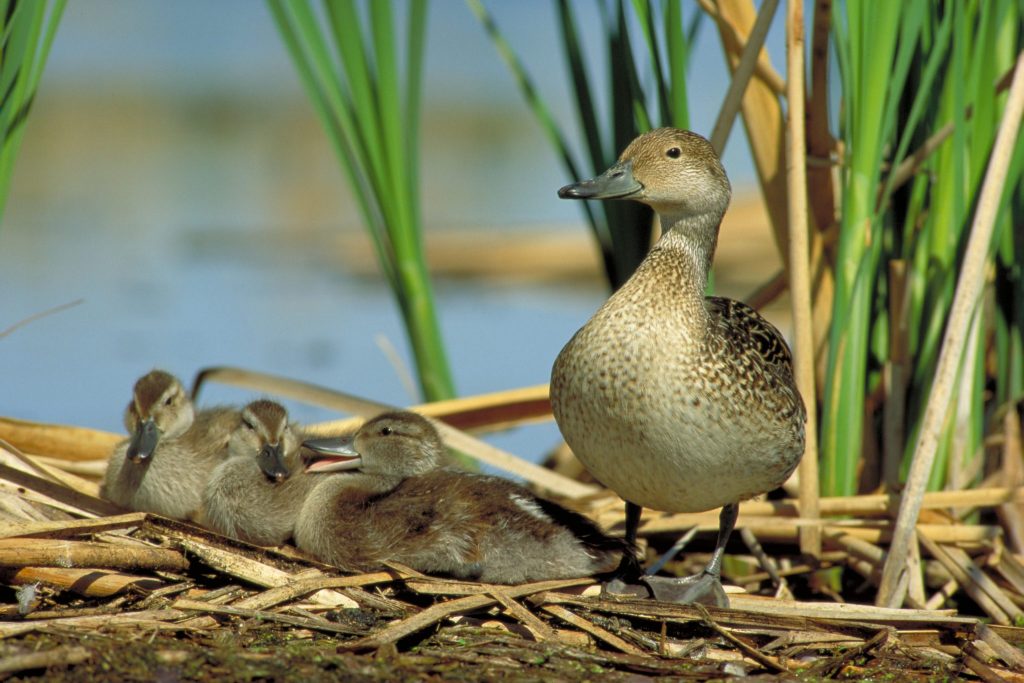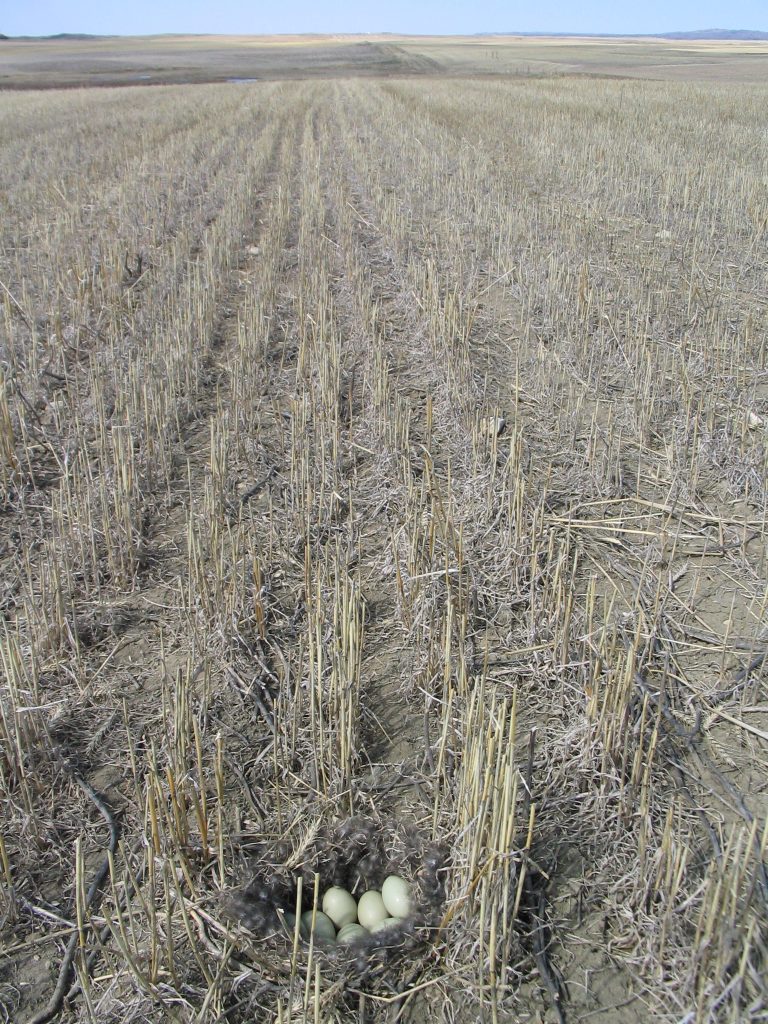Understanding the causal mechanisms and exploring conservation actions to reverse northern pintail population declines.
About the Study:
Since the late 1980s, northern pintail (Anas acuta; hereafter, pintail) populations have remained chronically low relative to the North American Waterfowl Management Plan (NAWMP) objective, and much of the population decline has occurred in prairie Canada. Pintails, more than other species, tend to nest in croplands; this trait, in combination with cropping intensification in prairie Canada, is a suspected causal mechanism for their decline. This study incorporated information from over 1,000 pintail nests. Data were used to develop a Pintail Productivity Model that predicts pintail nest distribution and success given habitat availability and landscape-level attributes.


Timeline:
2005–2014
Outcome:
This study was designed to understand the factors influencing pintail nest site choice and nest survival in landscapes ranging from cropland to grassland-dominated. Further, this study examined pintail response to habitat interventions that Ducks Unlimited Canada promotes (i.e., winter wheat, cropland conversion to perennial grassland). The study improved our understanding of ongoing land use change impacts and habitat conservation benefits to pintail productivity.
Related documents:
Devries, Clark, and Armstrong, 2018, in Oecologia
Duncan and Devries, 2018, in Avian Conservation and Ecology


